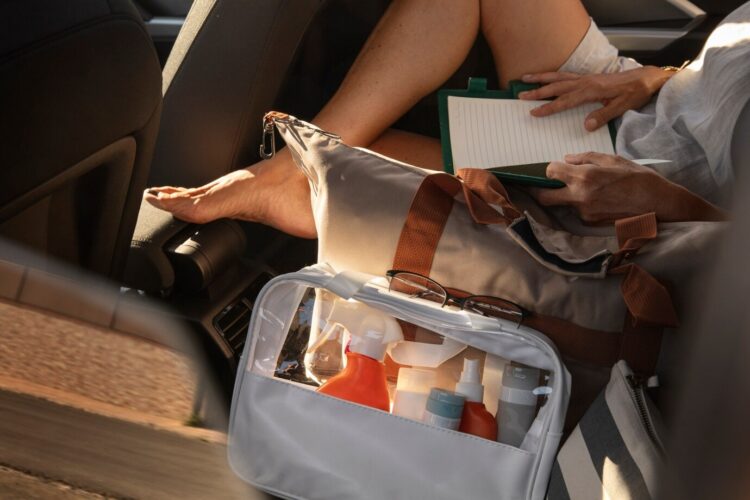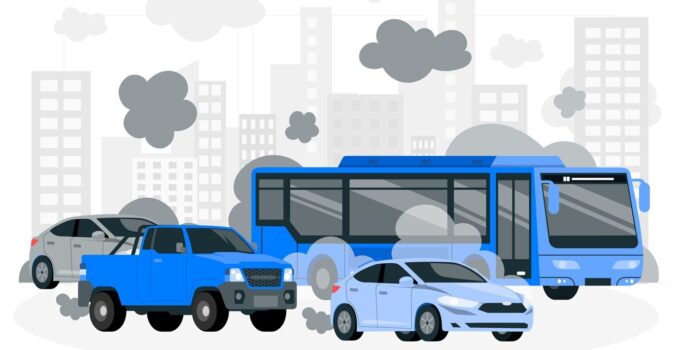Going from Virginia to New York offers a variety of options, each with its own advantages and disadvantages.
When deciding whether to drive or take a bus, it’s essential to consider factors such as cost, time, and comfort. Let us talk about it.
Page Contents
Cost Comparison

Source: freepik.com
Costs are the primary thing you should look at.
Driving
When driving from Virginia to New York, several costs need to be considered:
- Fuel expenses: The cost of gas for the trip, which can vary depending on the vehicle’s fuel efficiency and current gas prices.
- Toll fees: Numerous toll roads along the route can add up, particularly in states like Maryland, Delaware, and New Jersey.
- Parking costs in New York: Parking in New York City can be expensive, with daily rates in garages often exceeding $40.
- Wear and tear on the vehicle: Long-distance driving contributes to the depreciation of your vehicle and might necessitate additional maintenance.
Bus Travel
Traveling by bus from Virginia to New York involves different costs:
- Average bus ticket prices: Typically, a bus ticket ranges from $20 to $60, depending on the service and booking time.
- Additional costs: These might include luggage fees, snacks, and possibly a more expensive ticket for a premium service with extra amenities.
Time and Convenience

Source: freepik.com
Knowing the exact amount of time you need to invest when you travel from Virginia to NY is another must.
Driving
- Travel time variability: Driving time can vary significantly due to traffic conditions and the chosen route. It generally takes about 6 to 8 hours.
- Flexibility in departure times: Driving allows you to leave at any time, providing flexibility to avoid peak traffic or to align with your personal schedule.
- Possible need for breaks: Long drives require periodic breaks for rest, food, and fuel, which can add to the total travel time.
Bus Travel
- Scheduled departure and arrival times: Buses have fixed schedules, which can be convenient but might limit flexibility.
- Potential delays: Traffic or other unforeseen circumstances can cause delays, impacting your overall travel time.
- Non-stop versus multiple-stop routes: Some buses travel directly to New York, while others make multiple stops, which can affect travel duration.
Comfort and Amenities

Source: freepik.com
The question of comfort is another important factor.
Driving
- Personal space and comfort level: Driving your own car means you have control over your environment, including seat comfort, temperature, and entertainment.
- Ability to make stops as needed: You can stop whenever you want for rest, meals, or sightseeing.
- Control over the travel environment: You can adjust the temperature, music, and other settings to your liking.
Bus Travel
- Seat comfort and legroom: Bus comfort varies by company and service level, but typically, buses offer sufficient legroom and reclining seats.
- Onboard amenities: Many buses provide amenities like Wi-Fi, restrooms, and sometimes power outlets.
- Ability to rest or sleep: Without the need to focus on driving, passengers can relax, read, or sleep during the journey.
The Bottom Line
Choosing between driving and taking a bus from Virginia to New York depends on various factors including cost, time, comfort, environmental impact, and safety.
Driving offers flexibility and personal control but comes with higher costs and potential fatigue.
Bus travel is generally cheaper, environmentally friendly, and safer but may lack the flexibility and comfort of driving.





